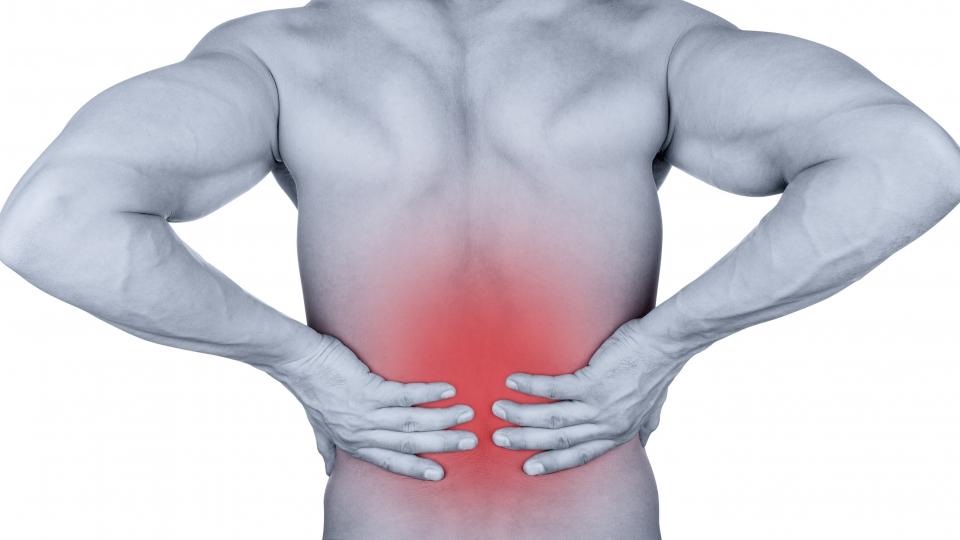
The goal of medical treatments is to reduce pain, but these treatments do not change the underlying source of pain. A doctor will typically prescribe medical treatments alongside a physical therapy program or another regimen.
Common medical treatments include:
- Stem cell treatment - Stem cell therapy is a form of regenerative medicine that utilizes the body’s natural healing mechanism to treat various conditions. Stem cells are found throughout the body and have the remarkable potential to develop into many different cell types. In addition, in many tissues they serve as an internal repair system, dividing essentially without limit to replenish and repair other cells.
- Epidural steroid injections - This injection involves a steroid administered directly into the outer part of the dural sac, which surrounds the spinal cord. A live x-ray, called fluoroscopy, is used to guide the needle to the correct area. The goal of the injection is to temporarily relieve pain by reducing inflammation around a compressed nerve root.
- Muscle relaxants - This medication acts as a depressant of the central nervous system and increases the mobility of tense muscles, relieving pain from muscle tightness or spasms. Muscle relaxants have no role in chronic pain management.
- Narcotic pain medications - Narcotic medications, also called opioids or painkillers, alter one’s perception of pain by weakening signals sent to the brain. Narcotic medications are most often used for treating intense, short-term pain, such as acute pain after an operation. Narcotics are rarely used to treat long-term pain, as they have many side effects and can easily become addictive.
- Back braces - Some patients find that a back brace can be used to provide comfort and possibly reduce pain. There is some evidence that use of an inelastic corset-style brace, worn daily, in combination with a physical therapy exercise program, can speed healing and reduce pain.2 A back brace may also be helpful after back surgery.
Medical treatments are often used in combination with other methods. For example, an epidural steroid injection may provide enough short-term pain relief to allow progress in physical therapy.
Alternative Treatments
Non-medical treatments are may be referred to as alternative or complementary care. The term “alternative” should not imply inferior, but instead not traditional according to western medical standards.
Many patients of low back pain report relief from alternative treatments. Common options include:
- Manual manipulation - A chiropractor or other healthcare provider makes physical adjustments to the spine with the goals of improving mobility and reducing stiffness, discomfort, or pain. Hand thrusts of varying speed and force are applied to adjust the spinal structures. Manual manipulation has been found to relieve low back pain in some people.
- Acupuncture - Based in ancient Chinese medicine, acupuncture stimulates points on the body thought to correct the body’s “qi,” or life force. It is believed that proper qi decreases pain and discomfort in the body. During a session, thin needles are placed in the skin for about an hour. Acupuncture has been shown to provide significant pain relief for some people.
- Massage therapy - Applied to the low back, massage therapy can relieve the muscle spasms that usually contribute to low back pain. Massage also increases blood flow to the low back, which speeds up healing by bringing nutrients and oxygen to damaged muscles.
- Mindful meditation - Meditation may be helpful in reducing the perception of pain, and can reduce depression, anxiety and sleep problems that commonly occur with chronic pain. Meditative techniques for pain reduction include everything from deep breathing exercises to an altered focus approach.
The above is not a comprehensive list; there are many more treatment choices available, including newer and less invasive surgical options.
If you are suffering from pain, please contact our office at (516) 419-4480 or (718) 215-1888 to arrange an appointment with our Interventional Pain Management Specialist, Dr. Jeffrey Chacko.













